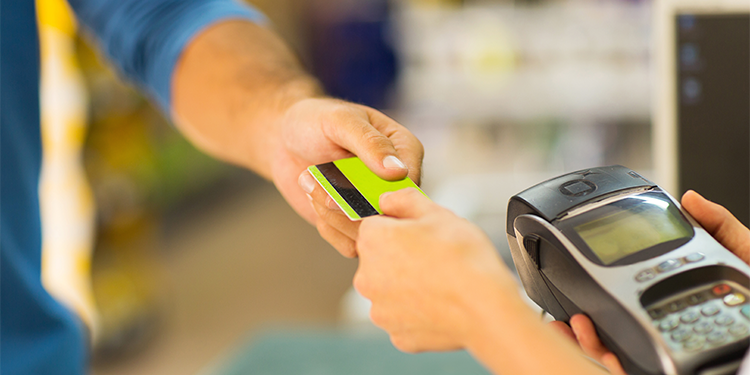(This article elucidates the role of micro ATMs in rural India and the details of how these ATMs work. Advantage and disadvantage of Micro ATMs is explained.)
The Micro ATM is the developed version of point of sales (POS) terminals with the advanced features like the biometric scanner (finger print scanner) attached to it. Unlike at the automated teller machines (ATMs) where cash transaction does not require human intervention, the micro ATMs need the human being appointed by the bank (business correspondent) to act as the cash handler for the operations. In the micro ATM operations, the business correspondent manually accepts the cash deposits from the customers, feeds the data in the system and he also makes cash payments manually to the card holders feeding the debit transactions to the customers’ account.
How these ATMs work?
The micro ATM cards are issued to the customers of Aadhar- linked bank accounts. A host computer is connected or communicated via unique mobile handset allied with GPRS network to several micro ATM machines. [The GPRS (General packet radio service) was the first mobile internet and it is still vitally important to connect billions of people]. The host computer provides electronic data of card users’ account to Micro ATM devices. When the ATM card of the customer is swiped or dipped in Micro ATM device that will automatically read the electronic data of the card. Before conducting any transaction in the micro ATM, either PIN entry or biometric authentication of the customer is required. The crypto-processor inside the Micro ATM device magnetic stripe or chip of the debit card reads the details like customer’s name, account number, Aadhar number, Bank identification Number (BIN) and other security features of the card and prompts for confirmation to continue. The new transaction fed through Micro ATM device by the Business Correspondent (BC) will then reflect in card transactions of the customer. The hand-held warm printer linked to micro ATM prints the receipts for deposit and withdrawal of cash etc. as and when activated by the server.
Advantage of Micro ATMs:
With the advent of technology the Micro- ATMs connect bank customers of rural areas who are far away from the branches. The Micro ATMs run on GSM or GPRS (an upgrade to GSM) connectivity and therefore they are portable. The operator (BC) can carry the Micro ATM from one village to another at set times. Even shop-keeper can simultaneously work as a Business Correspondent (BC) and keep the terminal in his shop. The operating expense of Micro ATM is cheap compared to normal ATM as it does not require security guard or need to pay premises rent, no need to spend the huge amount on electricity charges or on maintenance. It is expected that the above facility will not only add to customers’ convenience, it would aid recycling of cash at smaller centers.
The weakness of Micro-ATMs is that the deposit or withdrawal of money is possible only when the BC is available to the customer. Unlike normal ATMs, anytime money is not possible when the BC’s shop is closed or BC may not be in the station when the money is required to the customer. Besides the logistics of handling the large volume of cash, the delivery of banking services through BCs exposes the banks to multiple types of risks viz. credit risk, operational risk, legal risk, liquidity risk, and reputational risk. In view of risks involved in the large volume of cash handling by BCs, the viability of the BC model for micro ATMs is still questionable.
Related article :
ATMs: What does White Label, Brown Label, and On-line, off-line ATM mean?
How International Card transactions take place through White Label ATM?







Thank you for giving brief information regarding Aadhaar Micro ATM.